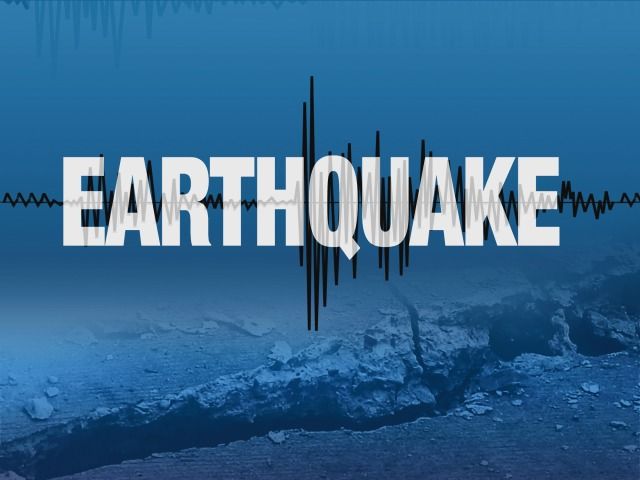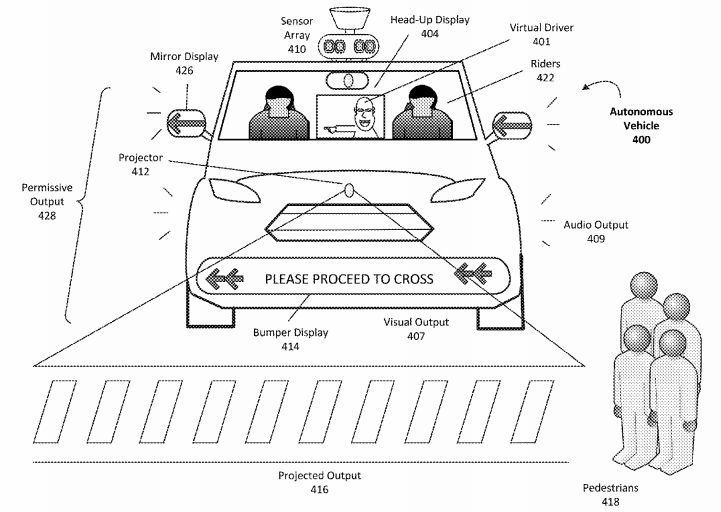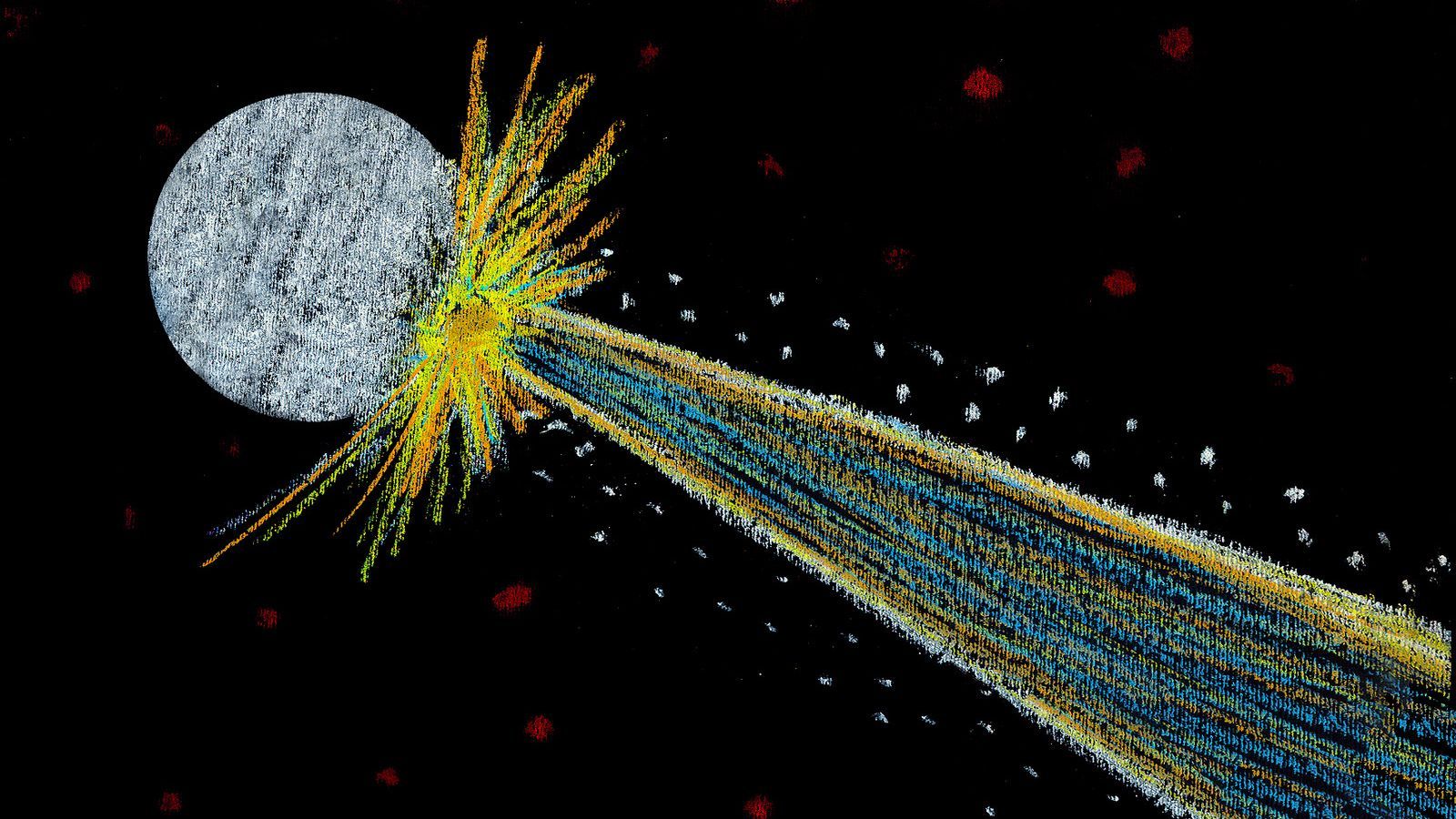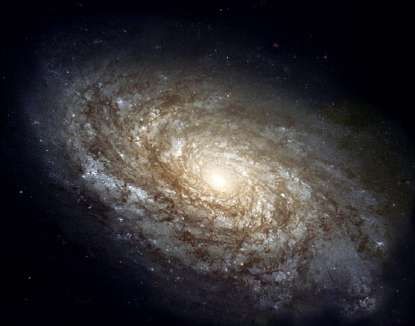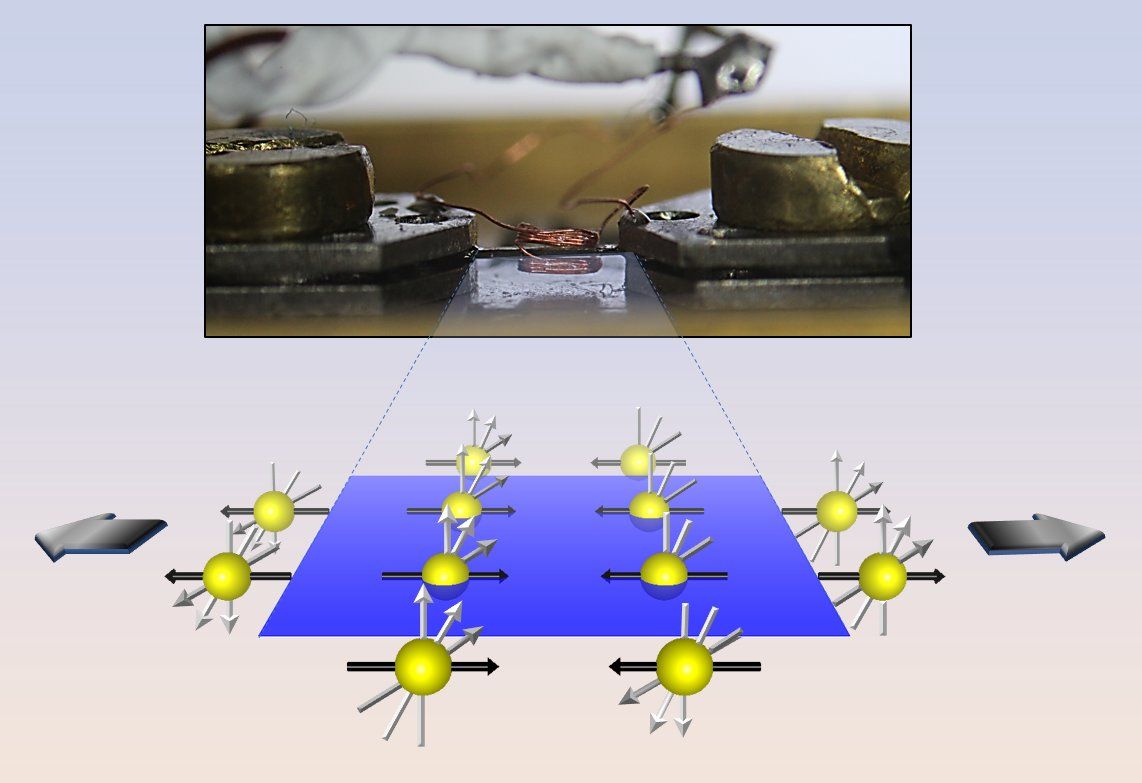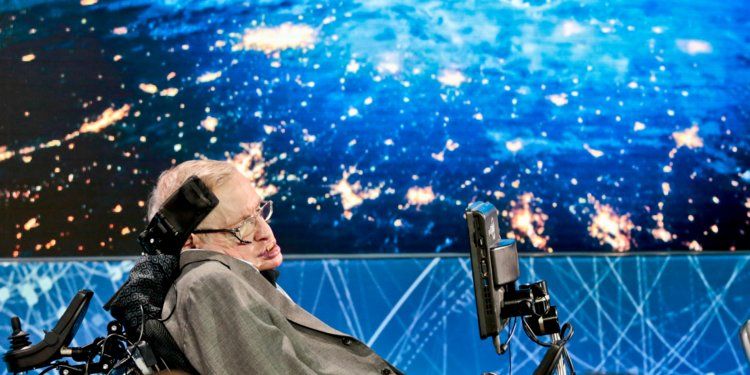Mar 18, 2018
3.0-magnitude earthquake rattles parts of central Oklahoma
Posted by Genevieve Klien in category: futurism
LANGSTON, Okla. (AP) — A 3.0-magnitude earthquake has shaken parts of central Oklahoma.
The U.S. Geological Survey says the quake was recorded at 1:50 p.m. Sunday about 9 miles (15 kilometers) north-northwest of Langston, which is about 43 miles (69 kilometers) north-northwest of Oklahoma City. The temblor was recorded at a depth of about 3 miles (5.5 kilometers).
No injuries or damage were reported. Geologists say damage is not likely in earthquakes below magnitude 4.0.
Continue reading “3.0-magnitude earthquake rattles parts of central Oklahoma” »
